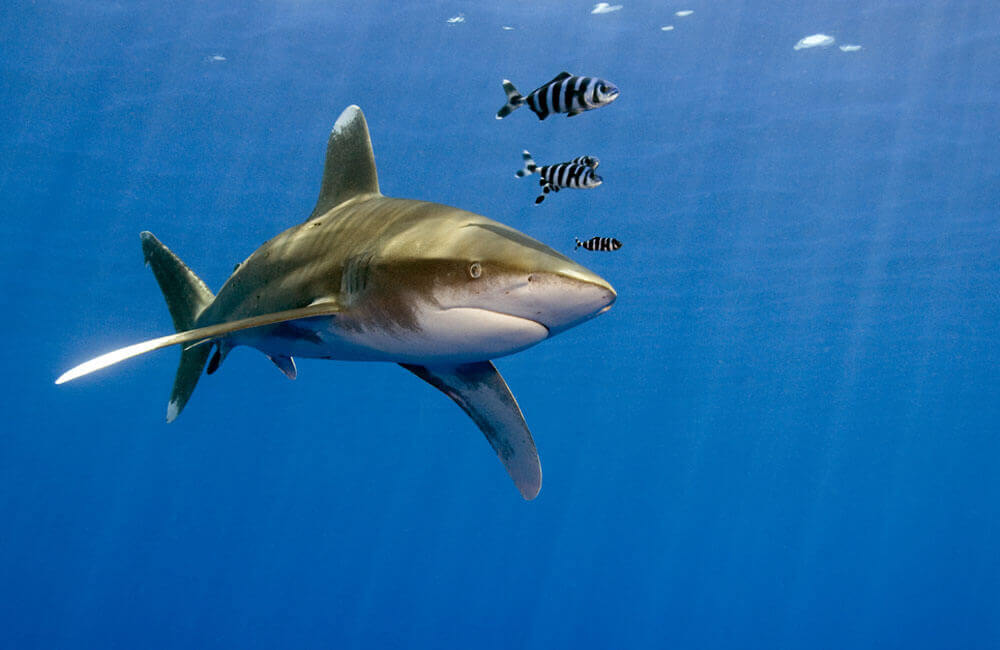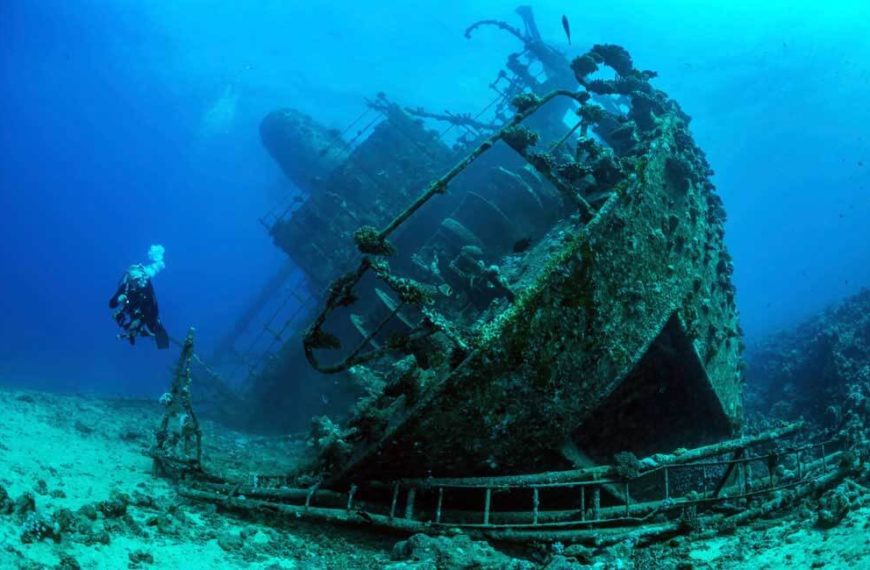


One of the best ways to dive the Red Sea is undoubtedly by liveaboard. The extended range of the vessels allows visitors to dive offshore island reefs such as Daedalus and the Brothers which are inaccessible to dayboats, plus dive the best of the Red Sea’s wrecks on a schedule that minimises interference from the day trippers. With more time and flexibility, it’s much easier to avoid the crowds, see the best of the marine life and, thanks to the use of RIBs, easier to reach those parts of the reef where the day boats are otherwise unable to pick up and drop off their divers.
There is a range of different itineraries available, from novices to more advanced and technical divers. They are broadly split into northern and southern itineraries and those that take in the best of the dive sites in between. Some are dedicated to wrecks, others to reefs, and some take in the best of both worlds. It would take at least five different vacations to explore the best of the Egyptian Red Sea from top to bottom by liveaboard, and another 50 to do it properly.
NORTHERN ROUTES

Northern routes typically explore the best of the diving available from both Sharm El Sheikh and Hurghada, but with a great deal more flexibility than can be offered by the daily boat trips from either resort. Early morning dives at sites such as Shark and Yolanda reef in Ras Mohammed can be made several hours before the day boats arrive, giving divers the opportunity to explore the reef without interruption and, perhaps, enjoy a few big fish sightings as a result. Wrecks such as the SS Thistlegorm are lengthy journies from shore and the day boats maintain tight and similar schedules, hence the wreck can be very crowded at times. Diving from a liveaboard means the schedule can be planned around times when the daily divers aren’t in the water and – as an added bonus – afford visitors the opportunity to night dive on some of the wrecks, an eerie and atmospheric experience that is simply not possible on day trips. Many northern itineraries will also include a stop at the Brothers Islands, well out of reach of daily boats.
Northern Highlights
Ras Mohammed / Tiran

Sha’ab Abu Nuhas

Sha’ab El Erg


SIMPLY THE BEST

‘Simply the Best’ is a popular name for liveaboard itineraries that cover the Egyptian Red Sea between the north and south – it sounds better than ‘the bits in the middle’. Daedalus, Elphinstone and the Brothers Islands are the reefs most often visited as part of these itineraries. Liveaboards which cover these reefs are most commonly a round-trip from Hurghada, less regularly from Marsa Alam, and there are a small number of operators that visit from Sharm El Sheikh. Highlights of the trip include a great opportunity to see hammerheads, thresher sharks and the famous oceanic whitetips, plus the wrecks of the Aida and Numidia
Simply the Best Highlights
Daedalus

Elphinstone

The Brothers


SOUTHERN ROUTES

St John’s, Rocky, Fury Shoal, Zabargad, almost as far as you can get in the Egyptian Red Sea before crossing over into Sudanese waters. The southern reefs are the least visited of all the dive sites in Egypt, and home to some of the most spectacular scuba diving available without travelling to the far ends of the earth. To make the most of the deep south, liveaboards almost always embark and disembark at Port Ghalib, just to the north of Marsa Alam. Flights to Marsa Alam airport are available from across Europe, but on a much less regular schedule than Hurghada. The three-hour journey to Port Ghalib by road from Hurghada International airport is well worth the effort, however.
Southern Highlights
St John’s

Fury Shoal

Rocky/Zabargad







